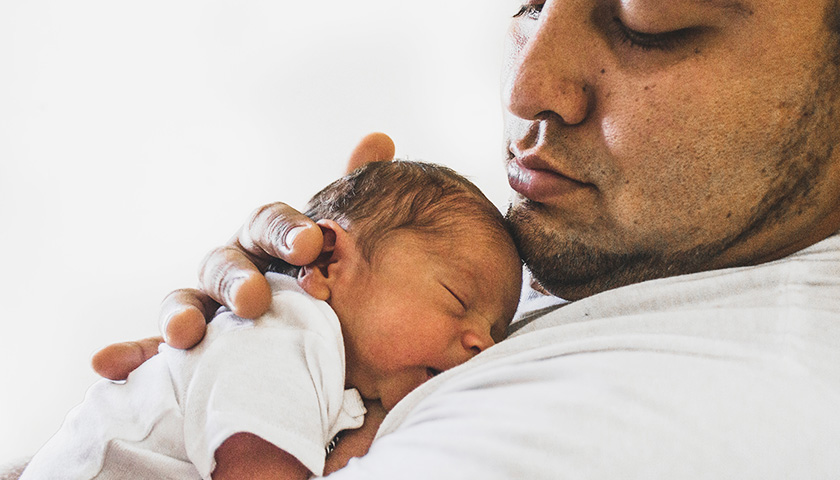by Brett Rowland
The rate of infants dying in the U.S. increased for the first time in two decades, raising concerns about infant and maternal health across the country.
The infant mortality rate for the United States rose 3% from 2021 to 2022, the first year-to-year increase in the rate since 2001 to 2002, according to figures the National Center for Health Statistics released Wednesday. The provisional report does not explain why infant deaths increased and said more research was needed.
“It’s disappointing to see such a significant increase in infant deaths after the country has witnessed a steady decline over the last 10 years,” March of Dimes President and CEO Dr. Elizabeth Cherot said. “With today’s news, we’re disheartened to see that we’re now trending in the wrong direction.”
The U.S. rate is twice as high as some other developed countries, including Finland, Cyprus, The Czech Republic, Estonia, Iceland, Italy, Ireland, Israel, Japan, and Norway among others, according to World Bank figures from 2021. The infant mortality rate is sometimes used as a measure of the level of health in a country. In the U.S., national health expenditures, which includes public and private spending on health care, were projected to climb from $4.4 trillion ($13,413 per person) in 2022 to $7.2 trillion ($20,425 per person) in 2031, according to projections from the Centers for Medicare & Medicaid Services’ Office of the Actuary released in June. U.S. health care spending is projected to climb from 17.4% of the nation’s gross domestic product in 2022 to nearly 20% by 2031 with health care costs rising faster than the growth in the economy.
Infant death rates had been declining. Overall, from 2002 to 2021 the infant mortality rate fell 22%.
The provisional infant mortality rate for the United States in 2022 was 5.60 infant deaths per 1,000 live births. The rate was 5.44 in 2021. The total number of infant deaths was 20,538 in 2022. That’s a 3% increase over 2021, which had 19,928 infant deaths.
Mortality rates increased significantly among infants of American Indian and Alaska Native, non-Hispanic (7.46 to 9.06) and White, non-Hispanic women (4.36 to 4.52).
Infant mortality rates increased significantly for infants of women ages 25-29 from 5.15 to 5.37, according to the National Center for Health Statistics. Mortality rates did not increase significantly for infants of females younger than 20, according to the report.
Among the 10 leading causes of death, the infant mortality rate increased for maternal complications (from 30.4 infant deaths per 100,000 live births to 33.0) and bacterial sepsis of newborn, according to the report. Sepsis is dangerous bacterial infection.
“We know the health of mom and baby are intertwined,” Cherot said. “Today’s data underscores that our failure to better support moms before, during, and after birth is among the factors contributing to poor infant health outcomes.”
Infant mortality rates increased in Georgia, Iowa, Missouri and Texas. Compared with the previous year, the infant mortality rate in 2022 declined significantly in Nevada and and increased Georgia, Iowa, Missouri and Texas. Changes in the remaining states and the District of Columbia were not significant, according to the report.
“This is the first report to present provisional data on infant mortality rates by selected maternal and infant health characteristics for the United States based on the linked birth/infant death file,” according to the National Center for Health Statistics. “Previous reports used only final data.”
– – –
Brett Rowland is an award-winning journalist who has worked as an editor and reporter in newsrooms in Illinois and Wisconsin. He is an investigative reporter for The Center Square.








